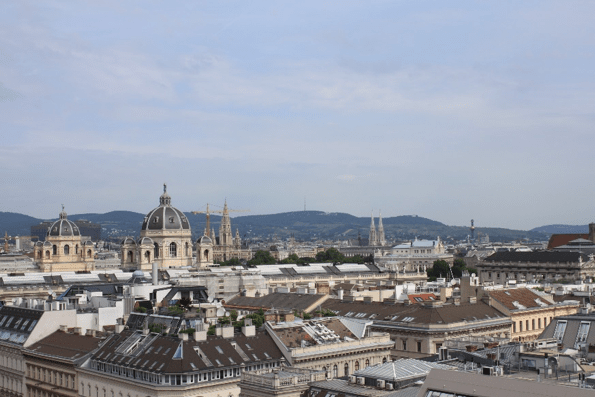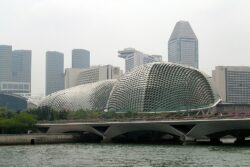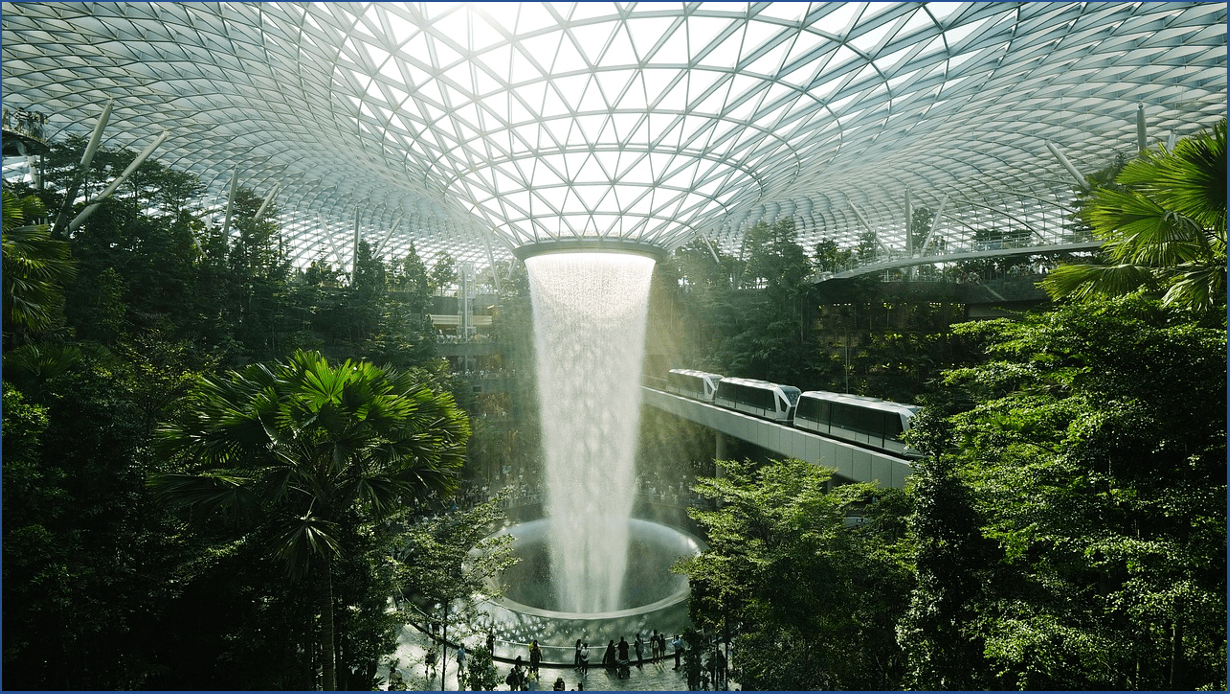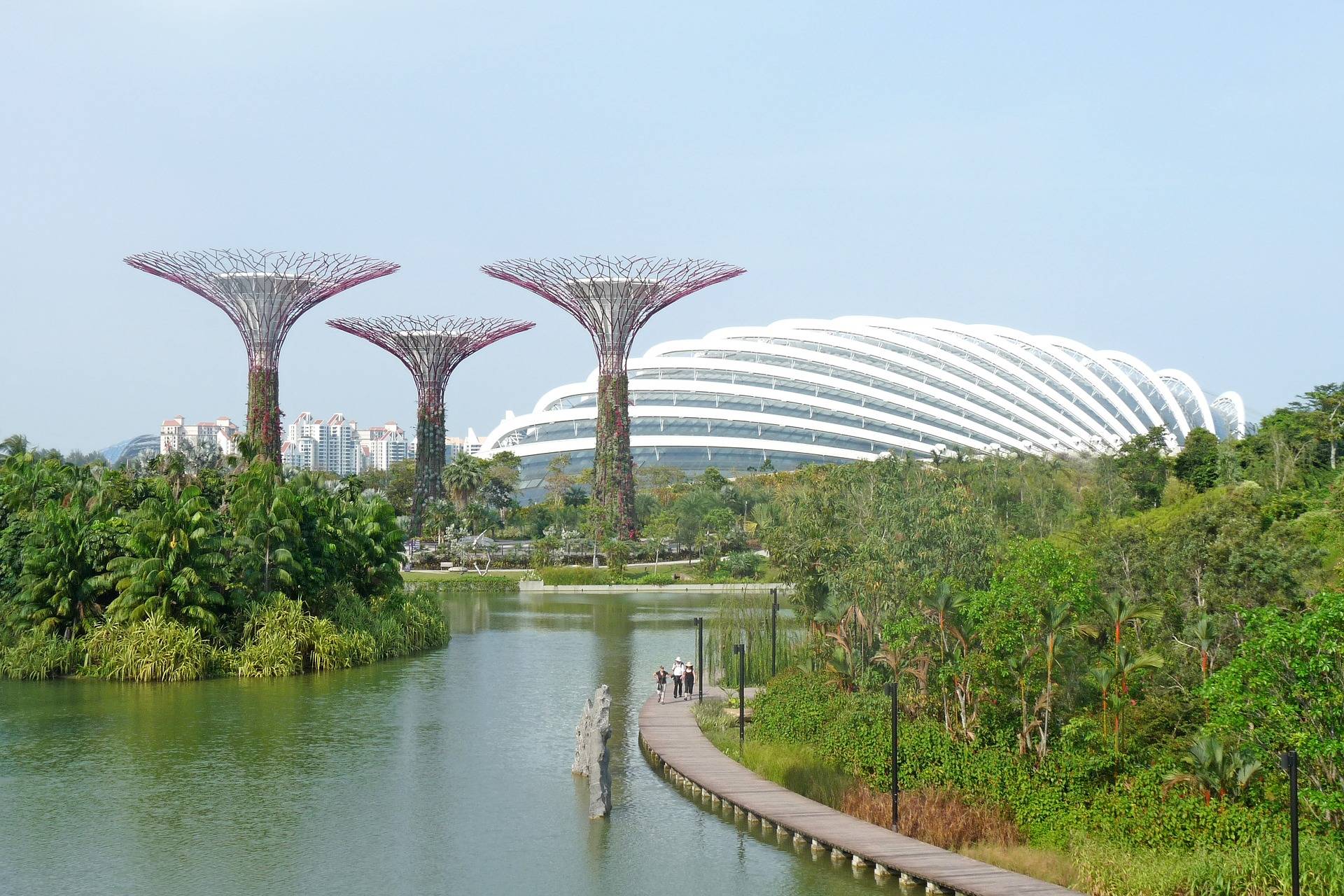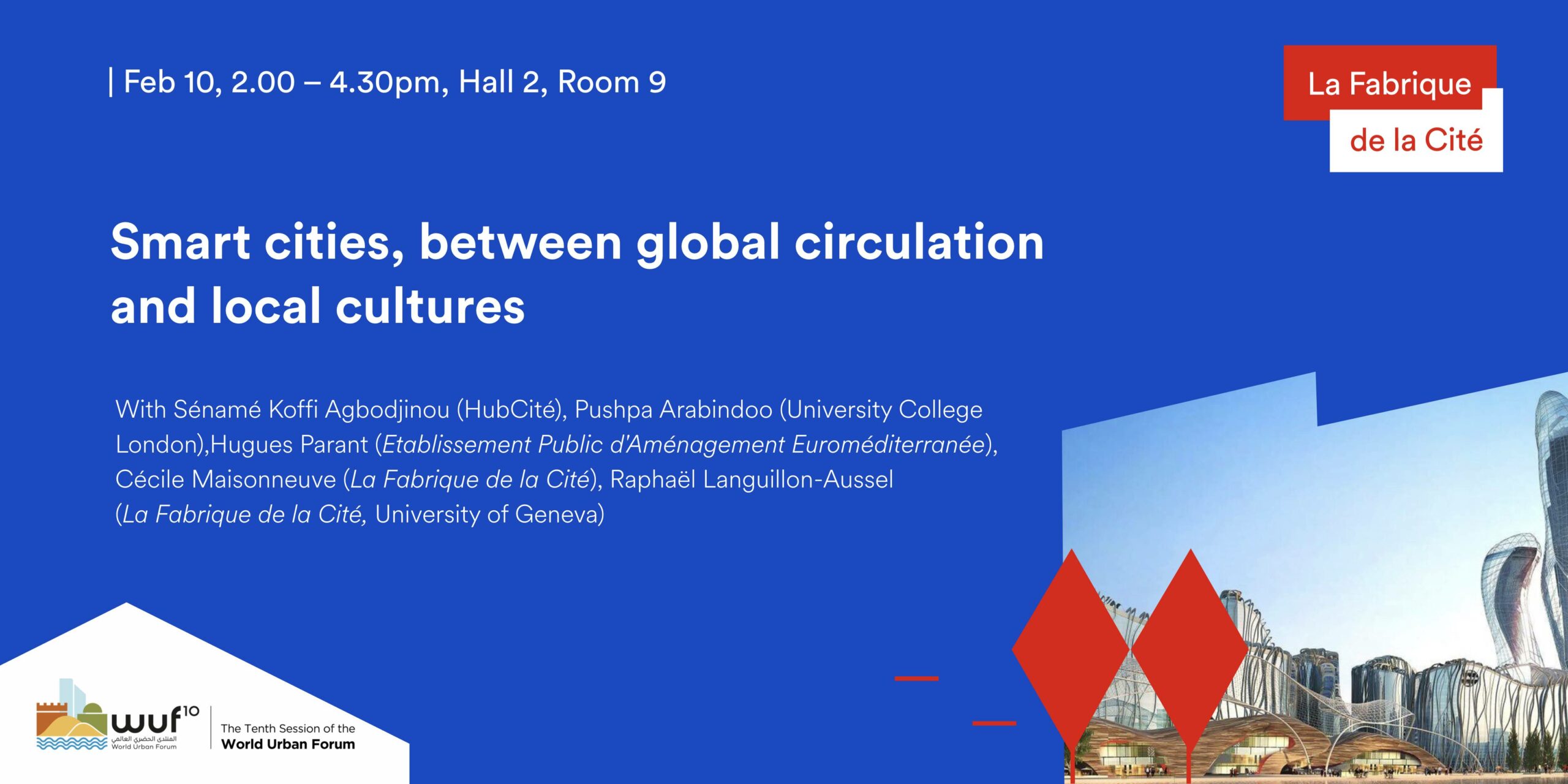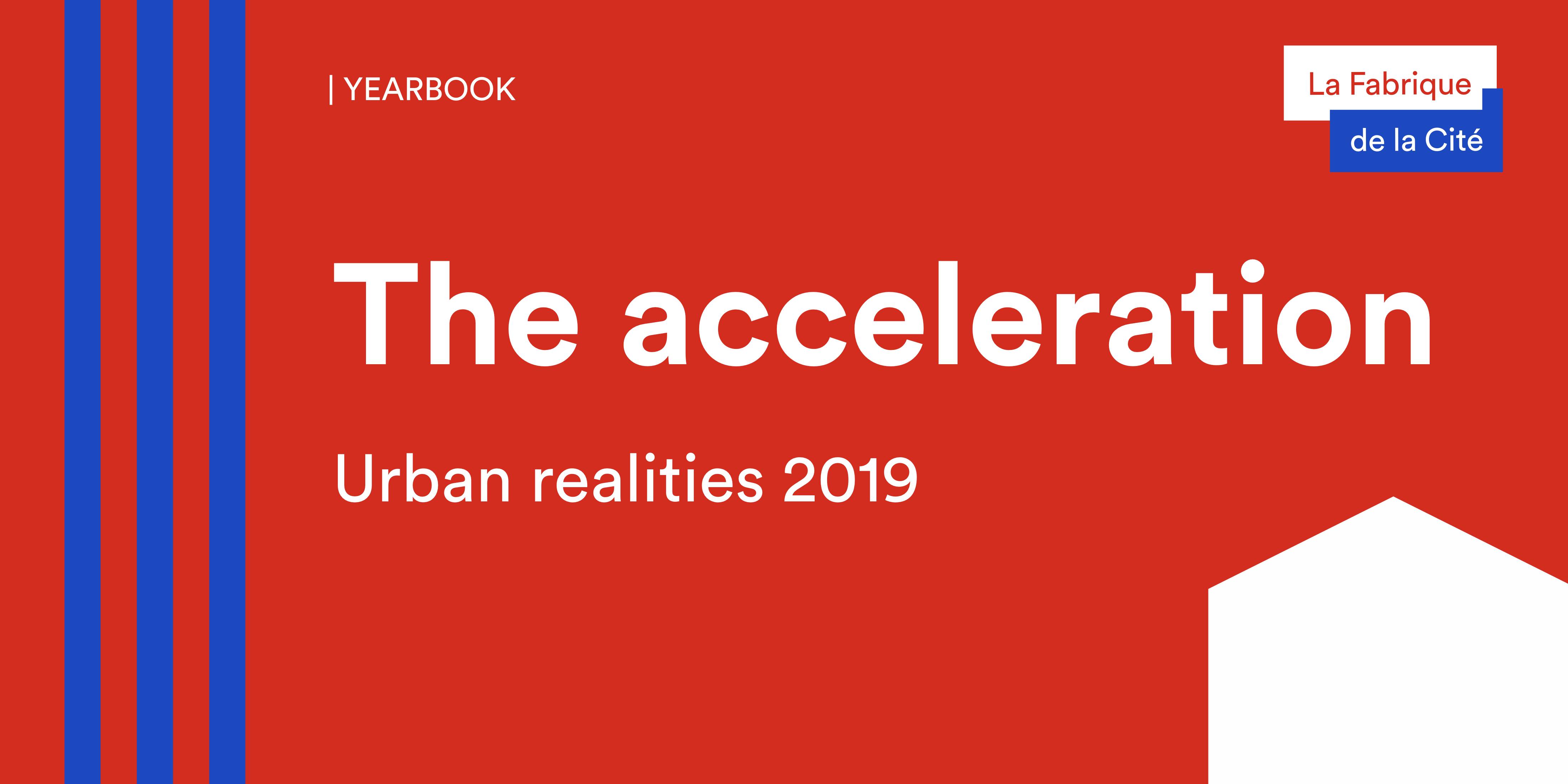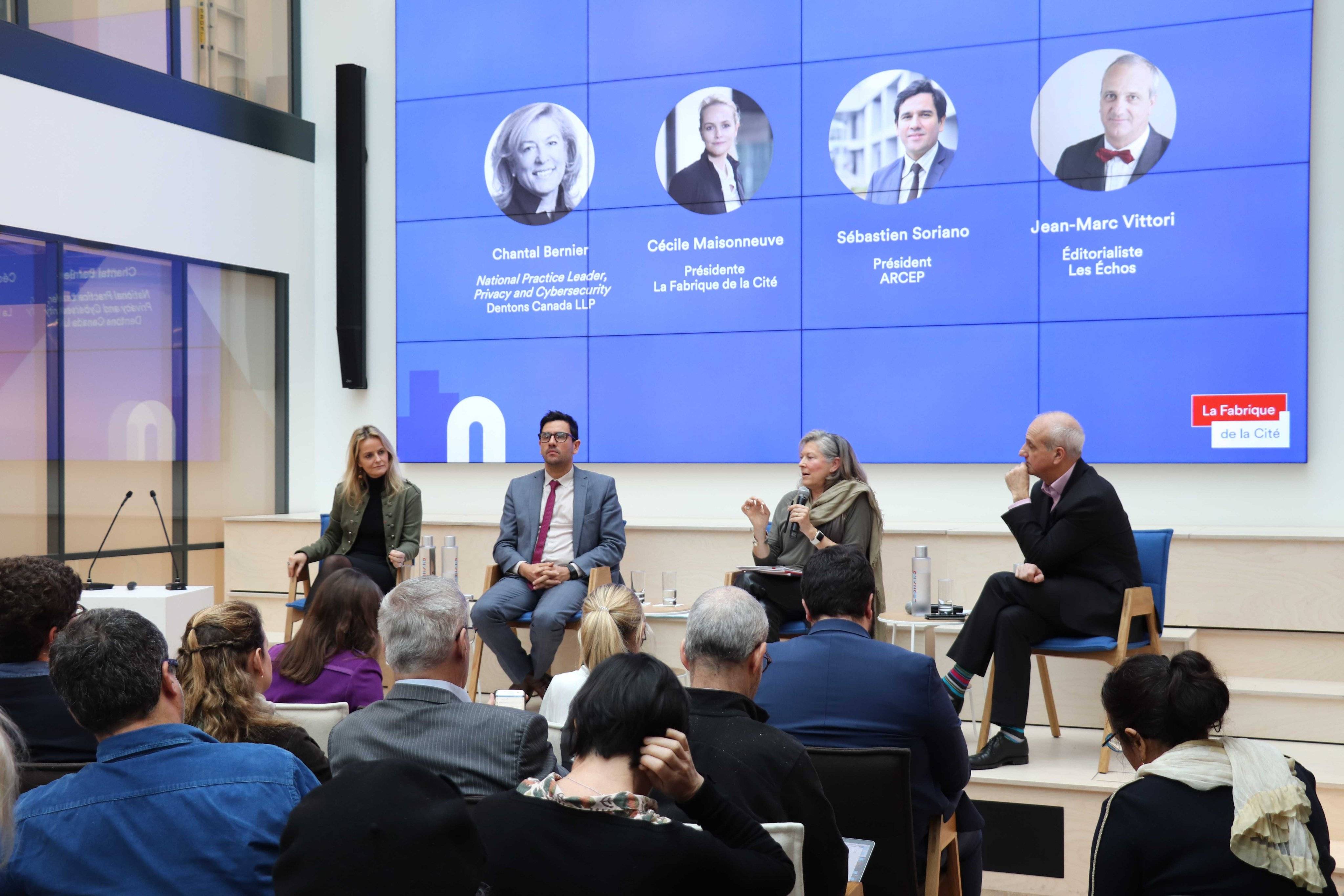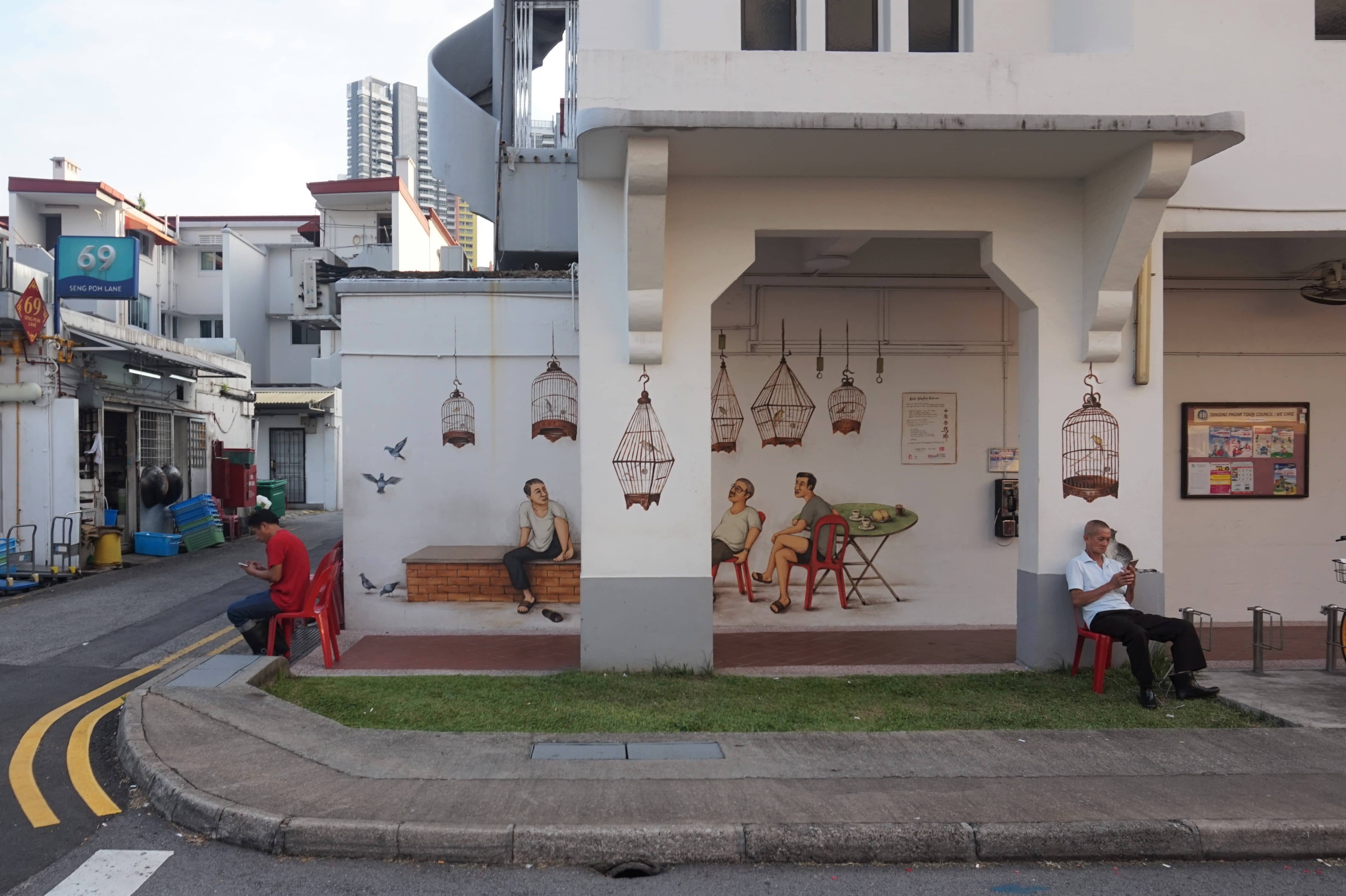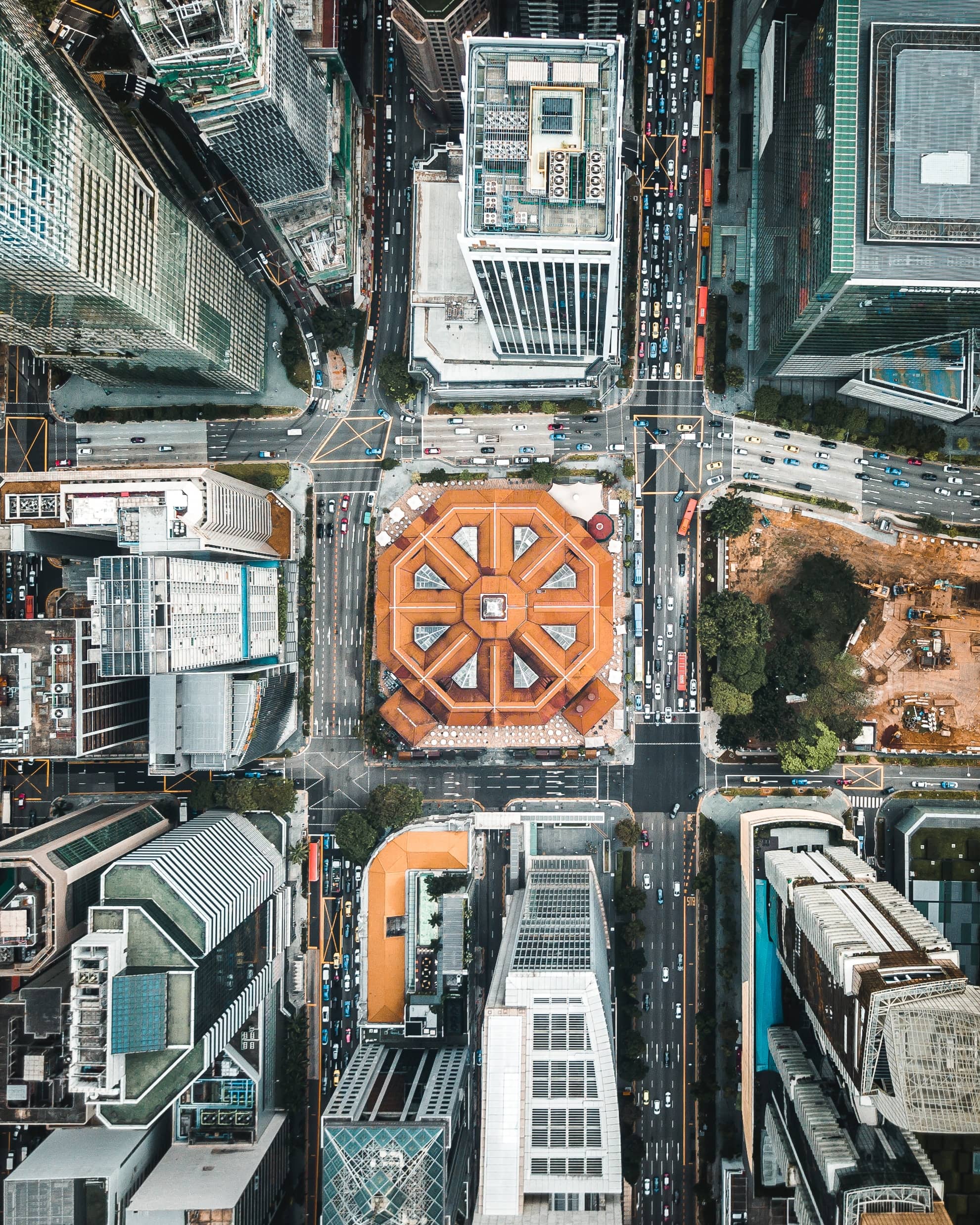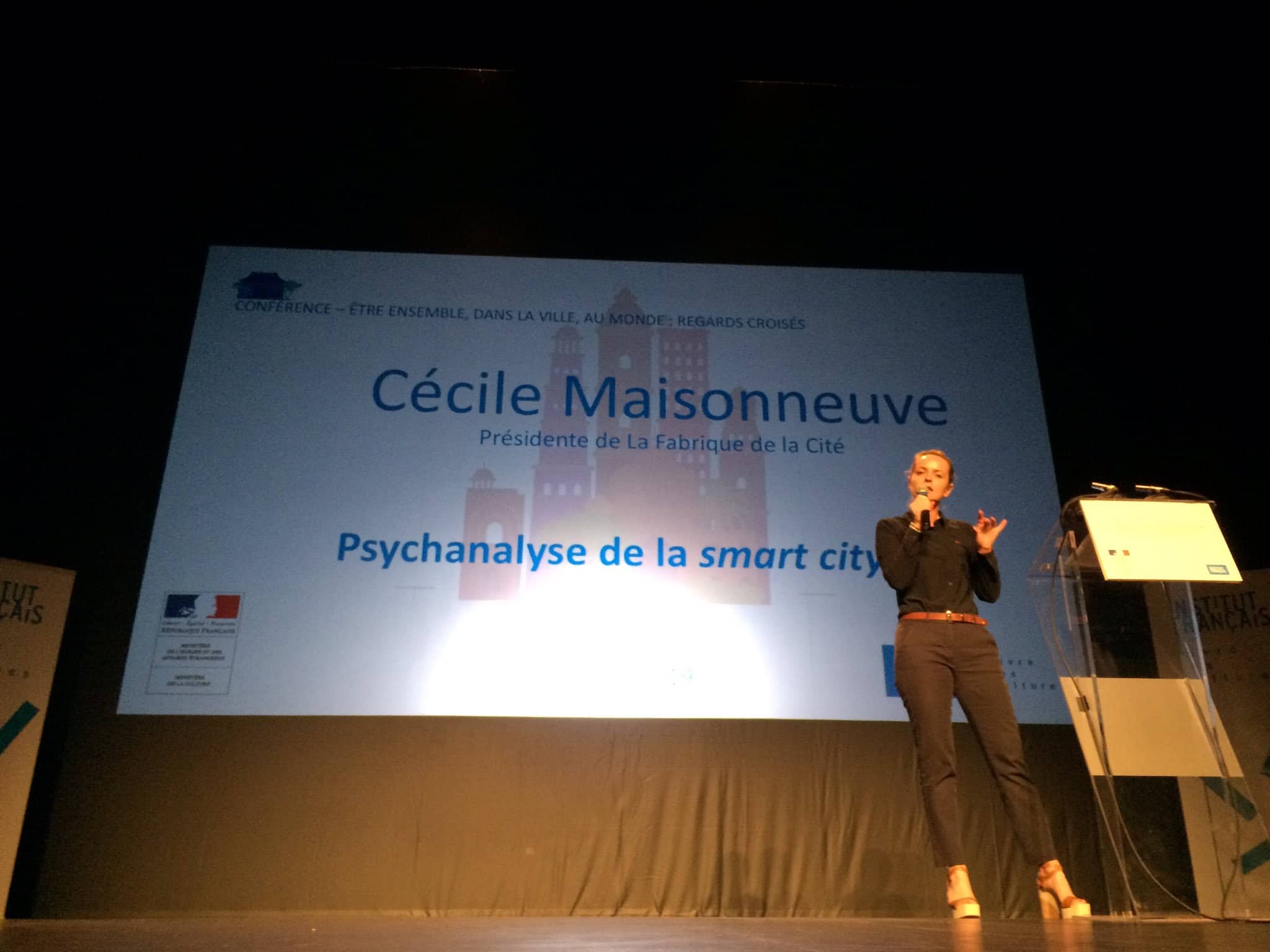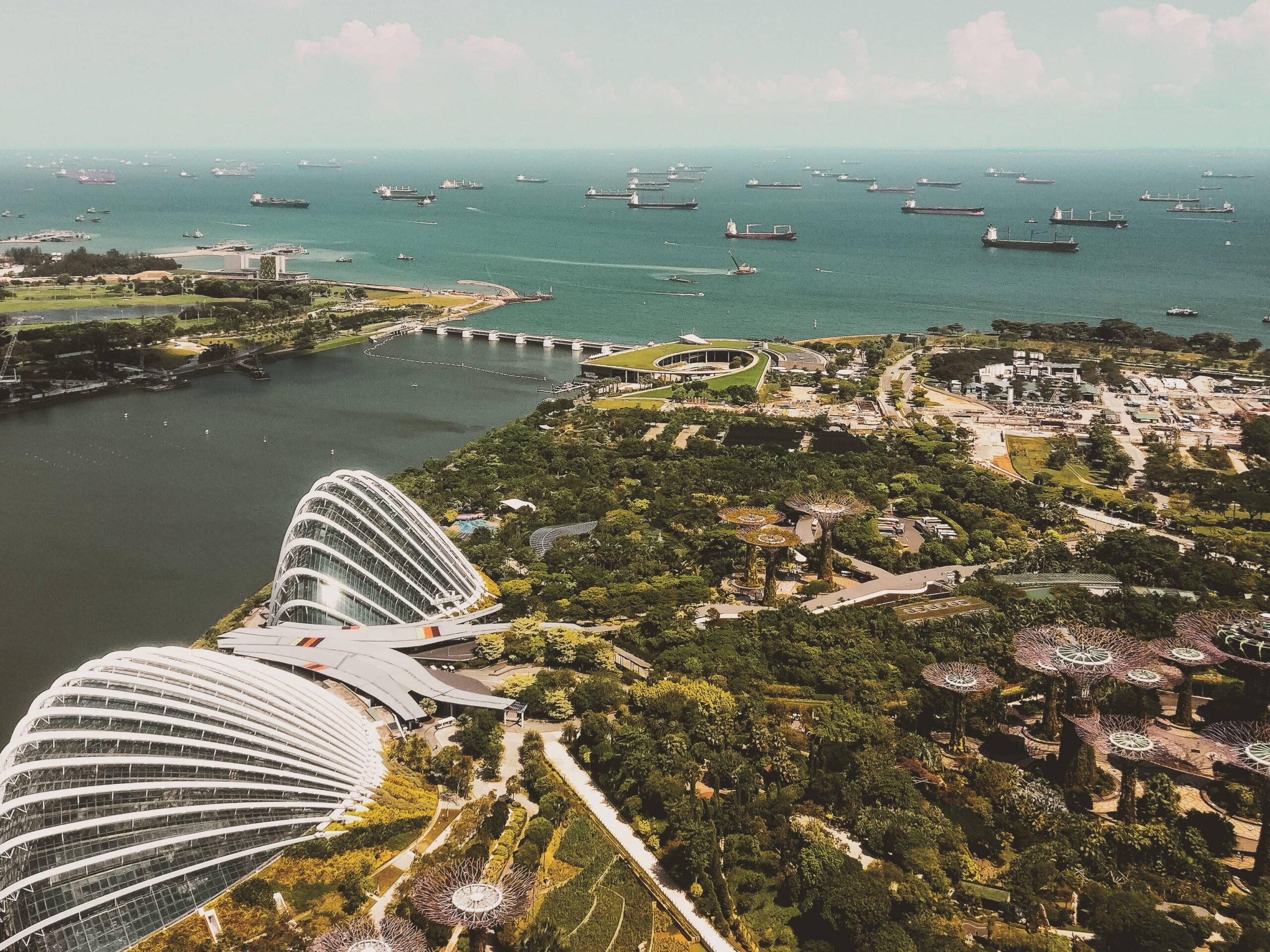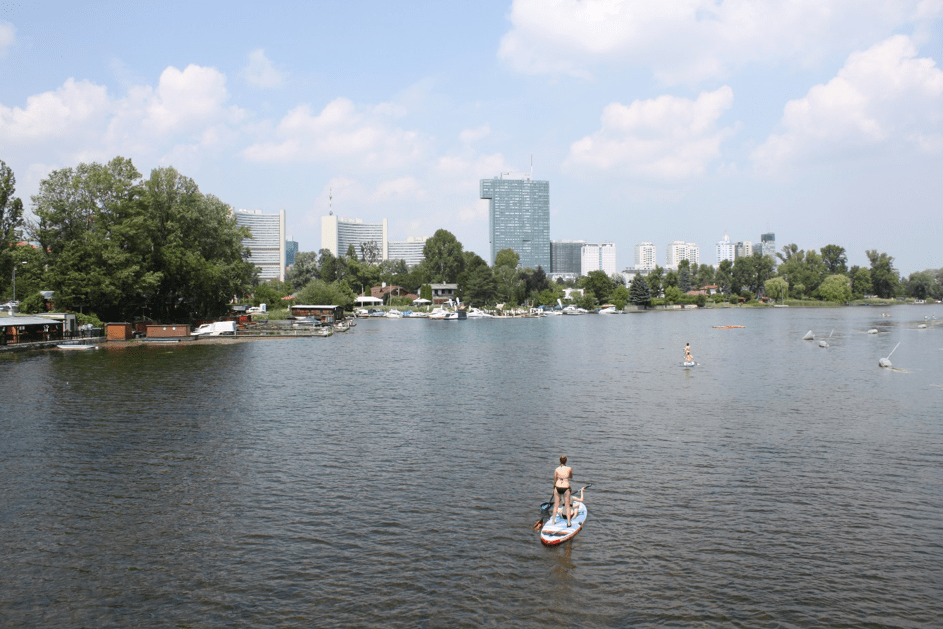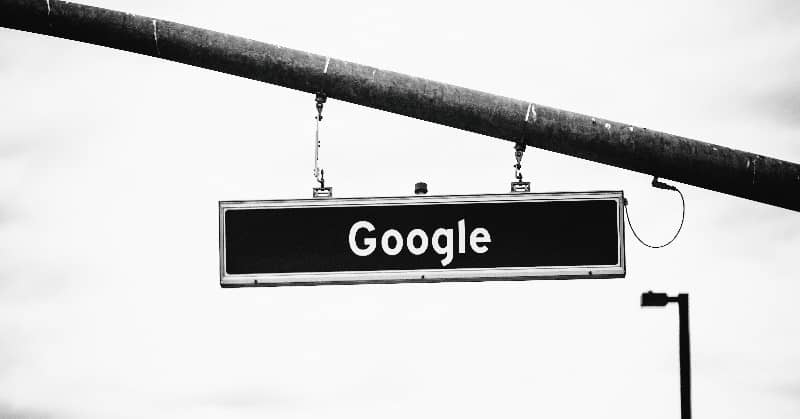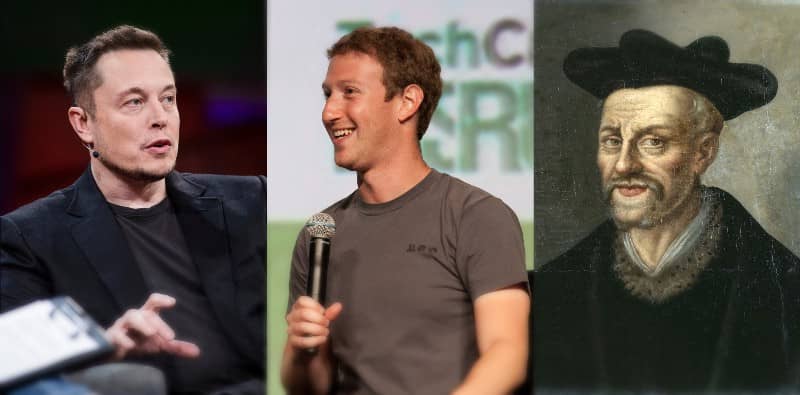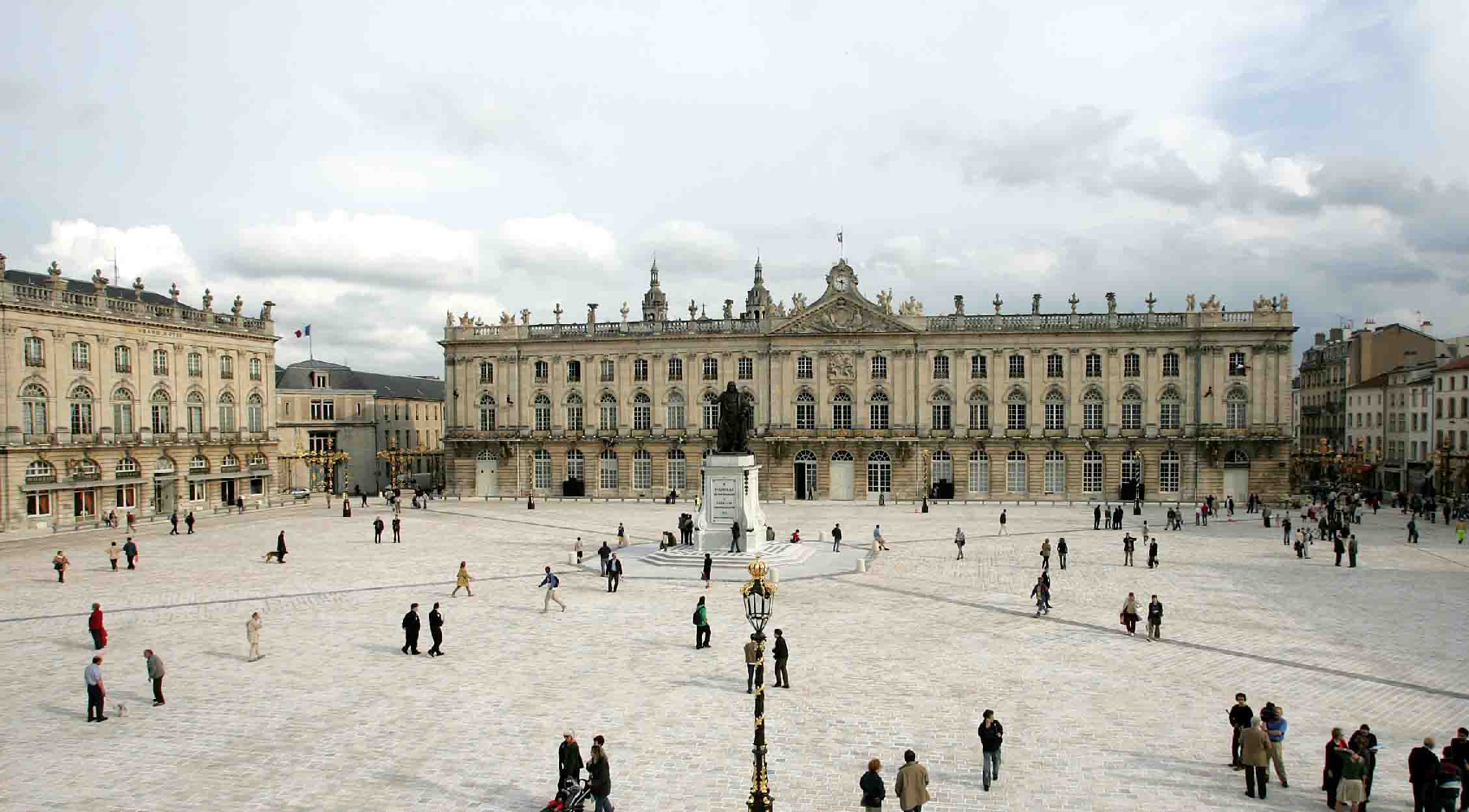

Does the ideal city exist? In conversation with Antoine Picon, Ariella Masboungi and Michel Eltchaninoff
Alongside the publication of La Ville rêvée des philosophes, designed in partnership with Philosophie Magazine, La Fabrique de la Cité met Michel Eltchaninoff, editor of Philosophie Magazine, Ariella Masboungi, architect, urban planner and winner of the French Grand Prix de l’urbanisme in 2016, and Antoine Picon, professor of the history of architecture and technology at Harvard University, for a discussion on cities, their dreams and their rhythms.
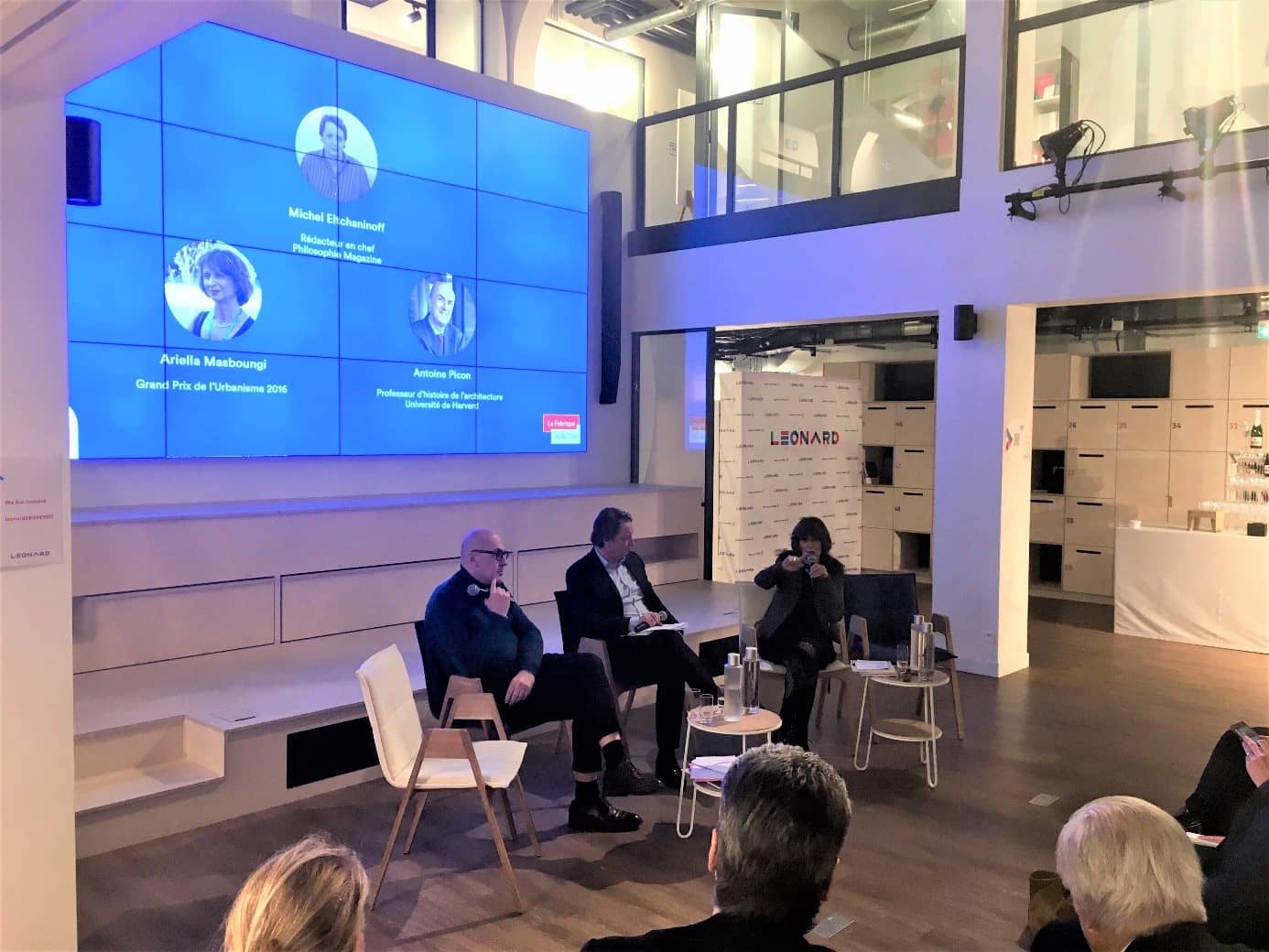
What are the links between cities and philosophy?
Michel Eltchaninoff: Philosophy and cities are intrinsically linked. Philosophers often live in urban areas. This goes back to Socrates, who walked around Athens questioning the Sophists, politicians and masters of rhetoric. Unlike the philosophers of today who learn from the trees, Socrates learned from people. The city is a philosophical subject because, after all, drawing plans, distributing masses and flows and perceiving space are all a form of intellectual speculation. Two fundamental elements were invented in cities: democracy and philosophy. For citizens to be equals in 5th century BC Athens, you have to imagine a specific urban development commensurate with democracy. The historian Jean-Pierre Vernant said that the first urban planners were in fact political theorists.
Antoine Picon: Philosophers like to put forward big ideas that bring us to ask ourselves what is true and what is false. Ultimately, what I like about them is that they force us to rack our brains. The time has passed when we said “they simplify everything, they don’t get it, they don’t know what they are talking about”. We are realising that by moving problems around, they make the undisputed assumptions of our actions emerge. Urban planners themselves must be able to conduct intellectual speculation as they well know that in twenty years the situation and the problems will be different. After all, urban planning is a bit like Sisyphus: you must constantly try to sort things out.
How do ideal cities and urban utopias influence the transformation of our cities?
Michel Eltchaninoff: Philosophers conceptualised the city but they also dreamt up most of it. Plato imagined an ideal republic, Thomas More created the concept of utopia – a city without private property and with magnificent gardens. There was also Christine de Pizan, who imagined a city for women where they could live apart, protected from the predatory actions of men. Then came the socialists of the 19th century: Étienne Cabet and Charles Fourier imagined cities which achieved the sought-after equality between men. Yet the pursuit of ideal cities in the real world generally ends badly. The dream of applying the rules of rationality to a real environment could turn into something tyrannical or even totalitarian, in which diversity, movement, spontaneity and surprise are forbidden. This is what we wanted to demonstrate in La Ville rêvée des philosophes.
Ariella Masboungi: The dream of building the ideal city runs through the history of architecture and urban planning. Social and urban utopians came together to imagine extraordinary projects for the city of tomorrow as responses to issues that are always extremely contemporary: are we better in the city or in the countryside? How does the city dialogue with nature? How is transportation organised? Should populations be blended or separated? These utopias took place in different forms, recommending different lifestyles. Some were rooted in geography, as with the works of Tony Garnier or Ebenezer Howard’s garden cities which were adapted to each site. Others, on the contrary, strove to break free from this as much as possible, as was the case for the Modern Movement of the International Congresses of Modern Architecture (CIAM) or Le Corbusier. The concept of utopia has resurfaced today in the form of the sustainable development requirement. A pure sustainable city is a city of social hygiene which has this in common with the Modern Movement. I think that the ideal city is a stimulating city, which creates encounters and surprises: the exact opposite of this dominant perception! Of course, I think it is very good to have utopias but they are not there to be put into practice. They are there to guide us.
Antoine Picon: A utopia has a predominantly critical function. It projects itself far ahead and tries to convince us that a radically different future is possible. It works on the present by enlarging the cracks that may reveal that another possibility may happen. Curiously, to move forward, we need a utopia, seen not as a set programme but as a possibility of openness of the present. As regards smart cities, yes, there are mayors who dream of playing SimCity behind their computer screens but this is not the most realistic utopia, nor the most pleasant. There are other utopias which are just as unrealistic as spontaneous cities, such as Constant’s New Babylon or Debord’s epigones in which the urban environment is invented by flash mobs and citizen laboratories. I also think that if a utopia is accomplished, it is no longer a utopia and sooner or later it will be submerged by the city: in this case, we start to like them because all that is left is ruins.
Is the smart city a reawakening of the ideal city?
Michel Eltchaninoff: We thought that the time of utopias was over, but this is not the case. With smart cities, we can perceive the dream of a hyperconnected city, where IT and networks can solve all problems. This smart city is used by major operators and politicians to promise perfect cities: perfectly hygienic, eco-responsible and safe, with no crime. Yet this promise does not factor in the reality that there are always surprises and mistakes and above all, always people who will go in directions that are not expected or desired. This is why the smart city is a utopia.
Antoine Picon: The smart city is above all a catch-all concept which fuels urban planning. Behind these catch-all terms there is always a mixture of utopias, dreams and real experiments. Its emergence is related to the rise of the ideal of city administration, an ideal which goes back some time. We have always dreamed of controlling cities, making them more predictable in the hope of making them more governable. This is what part of the smart city movement wants to achieve through digital technology. With the exception of highly controlled cities such as Singapore and Songdo, the smart city is in reality a change undergone by the city in line with digital technology and the idea of an enhanced management of the environment. For me, this is neither a dream nor a nightmare. It is a reality we have to live with. We are going to live increasingly in environments that combine the physical and digital worlds. Admittedly, there are problems of the intrusion of administration in the decisions we make, or of the influence of algorithms on our decisions. Yet these are things we are gradually going to have to learn to live with.
Ariella Masboungi: Does the smart city produce a desirable city? It is above all a tool used in policies and which can be used in a different way: by governments to control their population, by major groups to make consumers consume … It can also be used to manage transportation better, to ensure that people meet or to organise a transitional urban planning event. It all depends on how we use it because it does not have a particular form. I believe that the smart city should serve urban thinking and a vision of the local area. However, the strict application of this tool often creates extremely boring cities, unsurprisingly. Today, contemporary urban planning already results in generic cities, which the smart approach tends to heighten, by forgetting to create encounters, surprise and stimulation.
Does rationality kill the city?
Michel Eltchaninoff: I come back to the concept of utopia, at the heart of which rationality plays a key role. To answer this question, I would simply quote Georges Perec: “All utopias are depressing because they leave no room for chance, for difference, for the “miscellaneous.” Everything has been set in order and order reigns. Behind every utopia there is always some great taxonomic design: a place for each thing and each thing in its place”.
Ariella Masboungi: Nowadays, there is a growing trend for a formatted city that is a response to these dreams of ideal cities. It is what we see with contemporary urban development and the construction of new districts. The buildings are more or less the same, and are sometimes quite beautiful, in the form of macroblocks built on a single plot. These stop the site from being scalable, unlike an ordinary city. It is a bit like the large housing developments that are owned by a single rent-controlled housing body with completely packaged rules. I worked on the large housing developments in Marseille and I asked the following question: why not use the ground floor for activities conducted on the upper floors – mainly craftwork? Why not make the ground floor available to residents and artisans free of charge? That would breathe life into the common areas and would stimulate the local economy. Yet the functions of housing developments cannot be changed today. It’s all been defined. If one day, we want to make changes to the buildings, the consent of all co-owners is necessary: we now make the ingredients for an unalterable city.
Antoine Picon: My answer would be more nuanced. First of all, what is planned can be unplanned quite naturally. Many new cities – from the Middle Ages, the Renaissance… – have become pleasant because, luckily for us, time erases the original purposes. I don’t really believe in unalterable cities because I think that a city is not unalterable by definition. Take La Défense, which was highly criticised upon its completion. Today, it has become a place of life which hosts all sorts of uses on its flagstones: time goes by and functions are created. Yet time is not enough, there are also many elements that can play a role: public transportation, cafés, populations… The same criticism arose for Chandigarh, the city designed by Le Corbusier. For years, the sinister esplanade was compared to an airport’s runway. From the moment it was opened, the inhabitants took ownership of the space and transformed it. However, I agree that an unsuitable legal framework remains an unsuitable legal framework. I believe that the crisis of cities is above all our crisis, in our condition as inhabitants who are not always equal to all these desires to live together.
How can the city’s space and different times be interwoven?
Michel Eltchaninoff: The challenge of time is fundamental because we are living in a period of acceleration. Fifty years ago, time passed much more slowly. It was not broken up by electronic or digital solicitations. For the last few decades, everything has been going very fast. It sometimes seems that cities accelerate so quickly that they are ageing faster than people. In China, there are cities which were small villages fifty years ago and which have now become megacities with several million inhabitants. The challenge lies in the human capacity to recognise oneself in an urban space, to find and build landmarks throughout one’s life, in a world in which landmarks can unfortunately become blurred.
Ariella Masboungi: I would answer from an urban planning standpoint. Nowadays, in France, the arsenal of standards is very rigid and does not adapt to local areas. In addition, not all cities work on the basis of their substrate. We build districts that are all ageing at the same time. In Nantes, architect Alexandre Chemetoff proposes another approach which preserves pre-existing building elements, which may appear anecdotal at first glance, to blend the ages of the city. This idea of rooting in the local area, of keeping what exists, of weaving the threads from different eras of the city is essential. It is important to get away from conventions, habits and norms. These are admittedly important for our protection but a margin must be left for change. To do so, we must place our trust as the creative process cannot occur without it. In Hanoi, for example, there are colonial housing developments, which, following additions, improvements and activities on the pavements, no longer look like housing developments. Philippe Panerai observed the same phenomenon in Cairo. I believe in planning very much because I think it’s important to know where we are heading. Yet there must be room for negotiation in urban development. We tend to get caught up in the rules, when we should be creating exceptions.
Antoine Picon: It always makes me a bit nervous when someone praises cities like Hanoi because we could also say that there is nothing more magnificent than urban life in Delhi and yet this is terrible. Our cities have definitely become more boring than they were in the 18th century with the advances in peace, hygiene and well-being. I agree with Ariella Masboungi on this point. However, I come back to what I was saying on utopias that have been dismissed. I believe in cities’ capacity to be constantly able to surprise us. One example: despite Le Corbusier’s many failings, his work includes surprising elements that work where they weren’t expected to. The apartments of the Unité d’habitation in Marseille are like gold-dust on the property market. The same can be said for Chandigarh where urban practices are booming. Let’s not be too proud. The built environment managed by urban planners is only a component of the city… The inhabitants and their uses are another which shapes the city just as much, and possibly even more.
Furthermore, the challenge of time in a city does not lie solely in the accelerated time of its construction and of its metamorphosis but also in the growing blurring of the distinction between day and night, brought about by cities which operate 24/7 with continuous flows of information and events. This results in a real loss of landmarks as we are not biologically programmed like that. The current challenge is to win back some time. This challenge cannot be met by urban planning alone. Individual discipline will play a key role. This concerns us all and could entail simple actions such as not looking at one’s Smartphone every five minutes. This means reinventing, restructuring time so that it once again becomes liveable.
Find this publication in the projects:
These other publications may also be of interest to you:

Toronto: How far can the city go?

The political and technological challenges of future mobilities
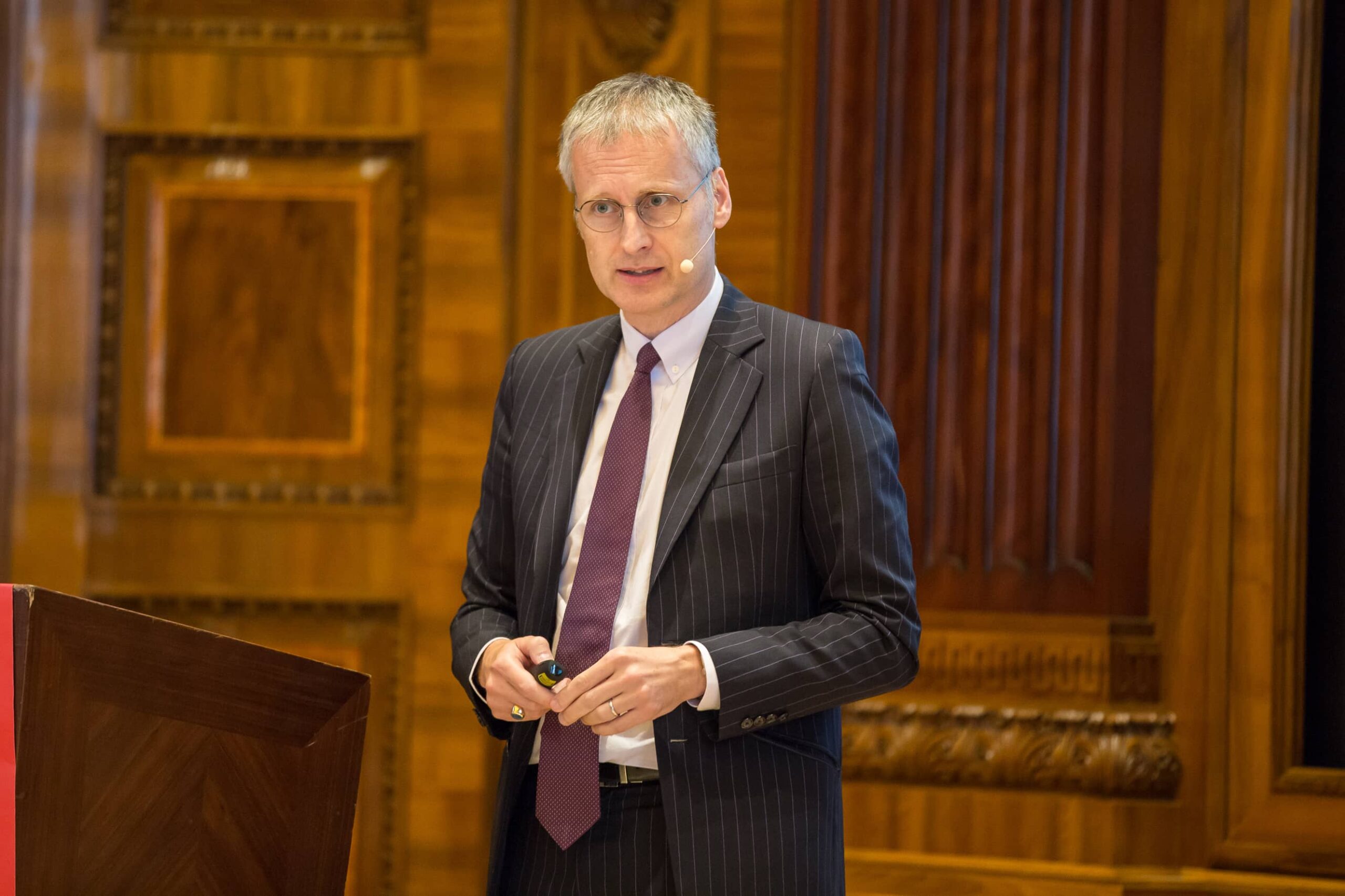
Viktor Mayer-Schönberger: what role does big data play in cities?
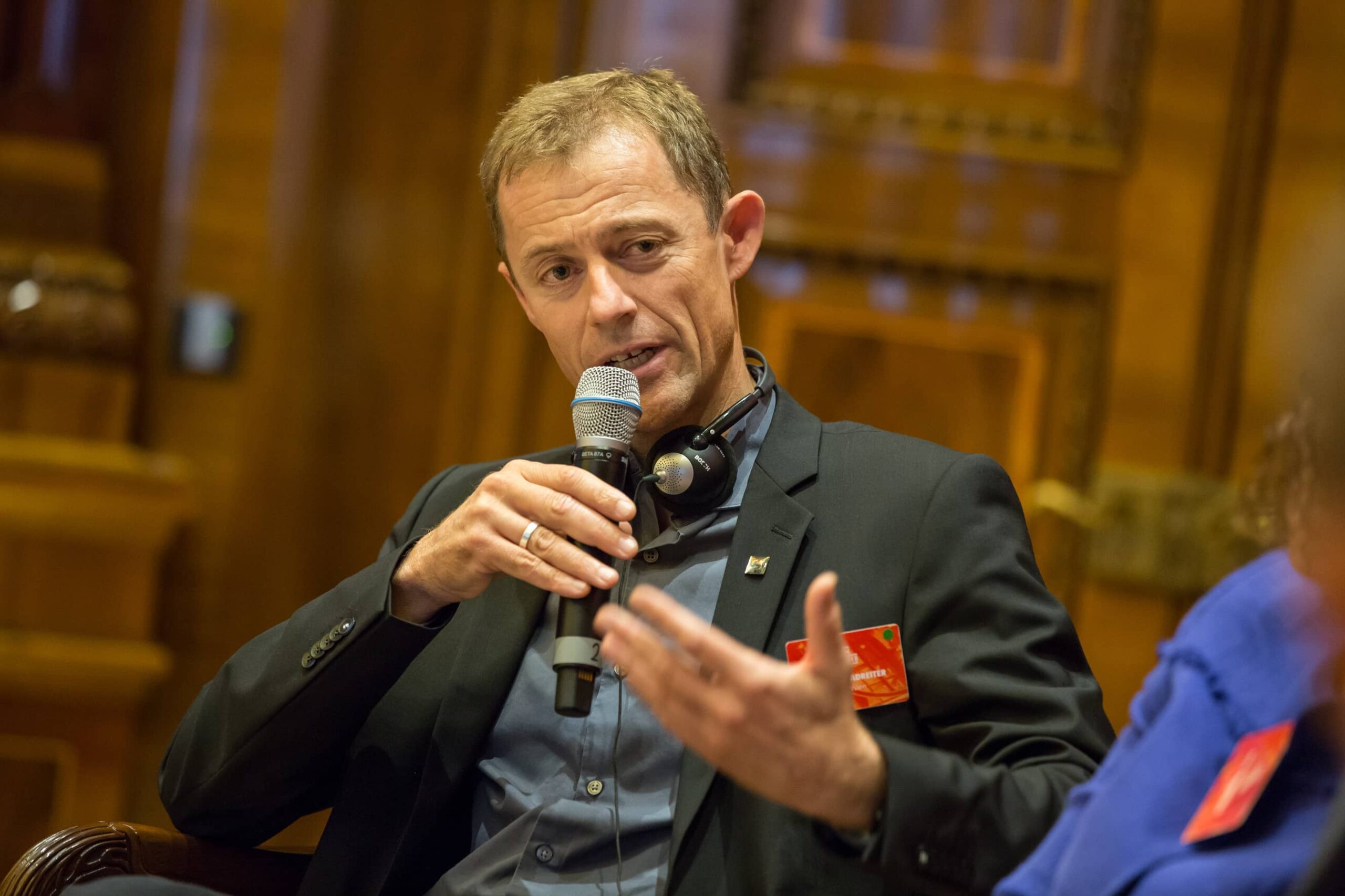
Thomas Madreiter: Vienna and the smart city
La Fabrique de la Cité
La Fabrique de la Cité is a think tank dedicated to urban foresight, created by the VINCI group, its sponsor, in 2010. La Fabrique de la Cité acts as a forum where urban stakeholders, whether French or international, collaborate to bring forth new ways of building and rebuilding cities.















